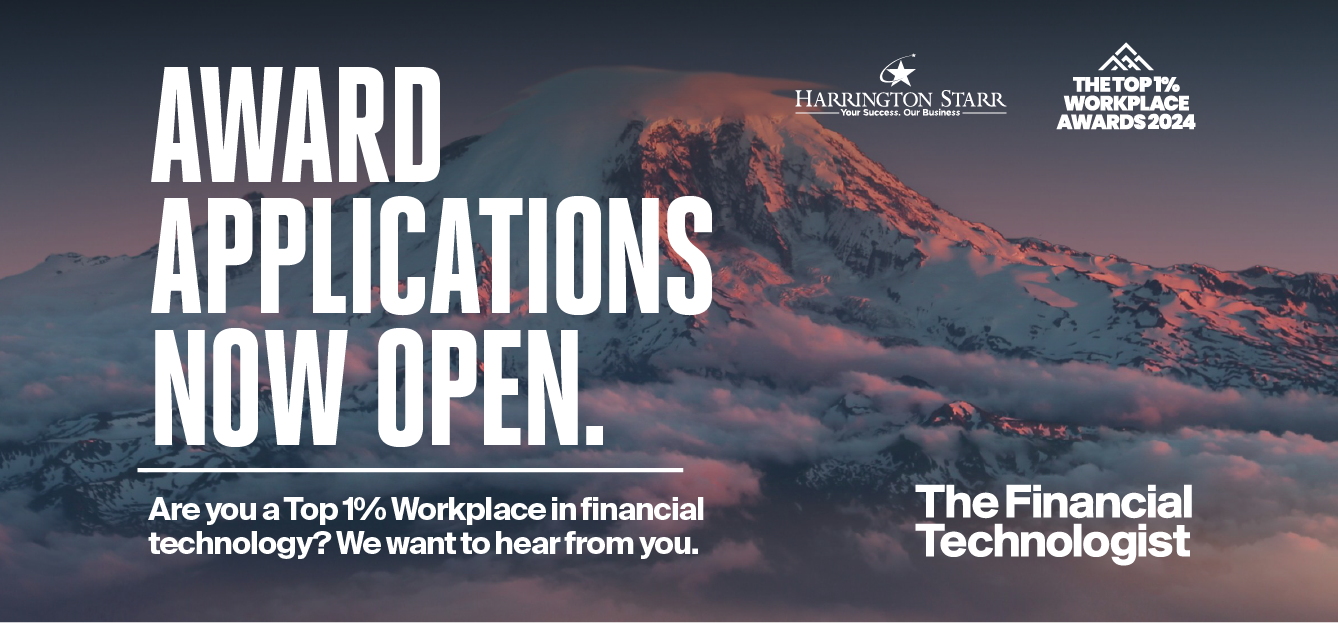As a specialist marketing and communications consultancy, operating at the intersection of the traditional (TradFi) and new digital (DeFi), we represent clients across the spectrum of fintech solutions and service providers, from trading connectivity to new e-money banks, digital custodians to cross-industry initiatives, and pretty much everything in between.
Working closely with our clients gives us something of a privileged ‘front seat’ view of industry trends and challenges in 2023 and beyond. Here are a few key industry trends that seem to have some common resonance:
Connecting communities
Financial technology – and certainly in the last 30 years or so – has been instrumental in opening financial markets access (hitherto an exclusive ‘banks and brokers’ club) to the much broader and deeper financial community of investment managers, retail firms, financial services providers and non-traditional, technology-led financial firms (like new e-money platforms). Today, the digital revolution and birth of new digital assets (and technologies) is creating a whole new set of players (cryptoasset exchanges, digital custodians, NFT issuers, blockchains et al) seeking ‘connectivity’ at all points in the transaction lifecycle.
This presents huge opportunities for fintechs, and particularly those focused on ‘the plumbing’ – connecting the moving parts and facilitating cross-service and solution interoperability. Not only are there more connections to be made between more (and more) end points, with respect to interoperability another key trend we’re observing with service providers is demand for greater integration with ‘unified communications’ (UC) channels’.
Digital solutions for traditional services (“Crypto for Good”)
We operate across the intersection of traditional finance (TradFi) and decentralized finance (DeFi) and therefore we see first-hand the increasing blurring of the lines as these two converge. While crypto asset investing still attracts a lot of attention events like the recent FTX collapse have meant institutional market participants are reviewing the ‘how’, but not necessarily the ‘if’, being at the coal face of crypto trading and investment. Regardless of the pace and approach of institutional crypto adoption, there is absolutely no question that these same institutions are also looking at how new digital technologies (blockchain, asset tokenization etc) can be leveraged to replace and enhance ‘traditional’ financial markets access and workflows.
The subject of Central Bank Digital Currencies (CBDCs) is very much in vogue, and these are a great illustration of the potential to leverage blockchain technology to underpin the next evolution in cash. While there is a long way to go to define the requirements for building, say, a digital Pound, and the rules that govern its usage, it is encouraging that the Bank of England is now actively consulting and collaborating with experts across financial markets disciplines (and particularly those in the payments sphere) to fully understand the merits and challenges arising from this potential new form of money.
More sustainable financial markets
Another subject that is very much in vogue is industry sustainability and associated ESG (Environmental, Social, Governance) standards of best practice.
There is lot of industry noise around ESG investing. This was initially very positive - who wouldn’t want all companies to be more conscious of – and conscientious about – the impact their business operations have on the environment and the communities in which they operate? Why shouldn’t companies be pressed to both measure and reduce their carbon emissions in support of national and global zero carbon targets and timelines? More recently there has been something of a backlash in the investment community, with suggestions of ‘greenwashing’ and ticking of ESG boxes to appear worthy or to seek to gain a competitive edge from ‘green investment’ bona fides.
It is therefore very rewarding to be part of a number of cross-industry initiatives that are taking a more ‘belt and braces’, practical approach to first identifying opportunities for more sustainable operations and processes and defining tangible standards of best practice and associated frameworks for meaningful measurement and comparison.
These are very exciting times for fintech as we transition inexorably towards a more digital future. We look forward to the opportunities and challenges ahead and to supporting all of our clients to succeed and grow.
You can read Ollie's article and further industry insights in the latest edition of The Financial Technologist. Download your free copy here.
